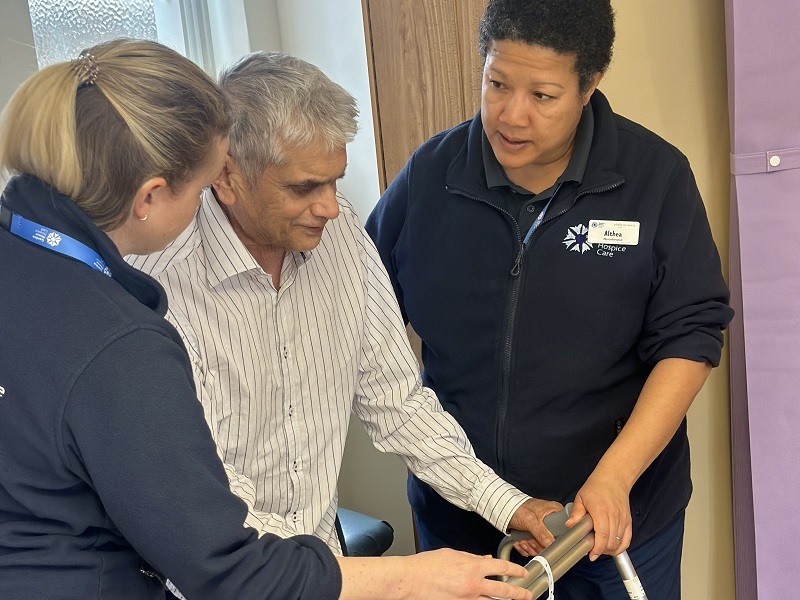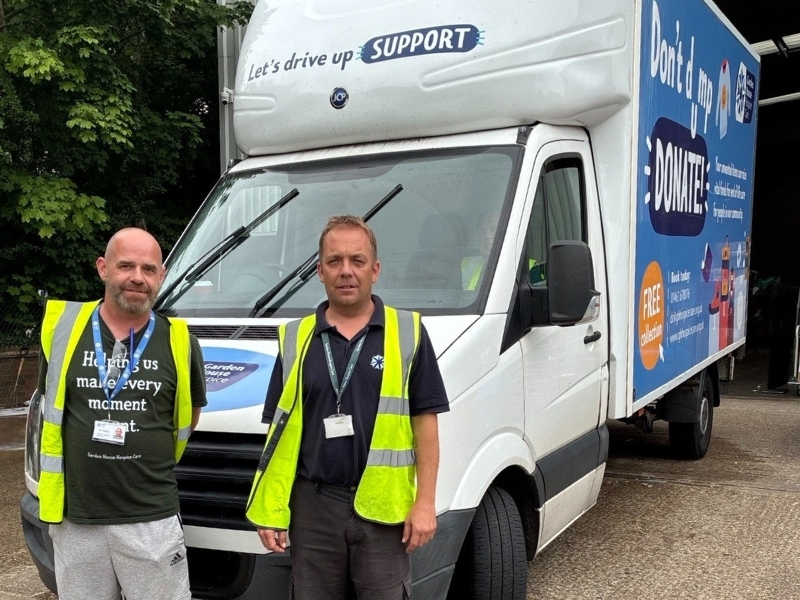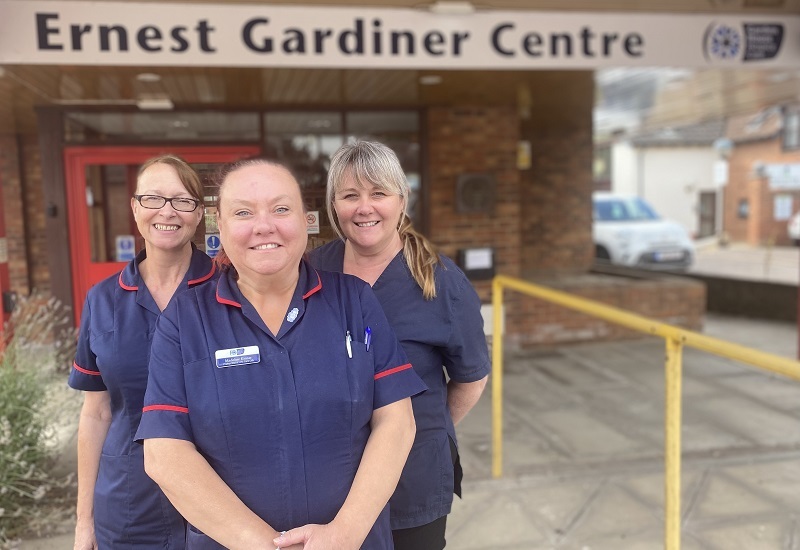
Frequently asked questions
Our services
What is a hospice?
A hospice cares for people who have been diagnosed with a life-limiting illness, either in the community (in their own home or as an outpatient) or as an inpatient. A hospice provides palliative care. Staff who provide this care include nurses, doctors, counsellors, physiotherapists, occupational therapists, social workers and others. They may be supported by volunteers.
What is palliative care?
Many definitions of palliative care exist. The World Health Organization describes palliative care as "an approach that improves the quality of life of patients and their families facing the problems associated with life-threatening illness, through the prevention and relief of suffering by means of early identification and impeccable assessment and treatment of pain and other problems, physical, psychosocial, and spiritual."
Palliative care used to be associated only with cancer, however it is now recognised that anyone with a life-limiting illness deserves good palliative care.
What is end of life care?
End of life care is support provided to people who are expected to be in the last year of their life. Sometimes the term is used for just the last days or weeks of life. End of life care includes palliative care. It can also include Advance Care Planning and discussions around cardiopulmonary resuscitation.
What is a life-limiting illness?
The term life-limiting illness is used to describe an incurable condition that will shorten a person's life, though they may continue to live an active life for many years. There is a wide range of life-limiting illnesses. They include heart failure, lung disease, neurological conditions, such as Parkinson's disease, Multiple Sclerosis and Motor Neurone Disease, and cancer that is no longer responding to treatment intended to cure.
What is Advance Care Planning?
When someone is diagnosed with a life-limiting illness, they may wish to make plans around how and where they wish to be cared for. They may also have views on cardiopulmonary resuscitation. These are Advance Care Plans. Recording these preferences make it more likely that their wishes are taken into account by health and social care professionals should they become too unwell to be able to tell anyone.
What is cardiopulmonary resuscitation?
Otherwise known as CPR, resuscitation is the attempt to restart someone's heart and lungs after they have died. This may involve chest compressions, mouth-to-mouth breathing, and using a defibrillator. CPR can be successful if someone's heart stops suddenly, and they are otherwise well. It is much less likely to be successful in someone who was already severely ill when they died. For the majority of hospice patients, it is more appropriate to allow a natural death than to attempt to resuscitate them. If this is the case, a form will be completed by a healthcare professional following appropriate discussion with the patient and their family, called a DNACPR form. This stands for Do Not Attempt Cardio-Pulmonary Resuscitation. Even with DNACPR form in place, a patient may be actively treated until they die, if appropriate.
Making a referral
Who can I contact for help and advice?
We know that deciding who to contact for help and advice can be confusing, with lots of different possible teams to choose from. We have therefore created a guide to seeking clinical help or advice, which we hope you find useful.
Why has my doctor/nurse suggested I be admitted to the Hospice?
There are several reasons to refer a patient to the hospice. Many patients come in for help with a particular symptom such as pain or breathlessness, or psychological distress. Some patients come in right at the end of their life. We will discuss the goals of your admission with you when you arrive.
If I am admitted to the Hospice, will I ever come home again?
Previously, hospices focused on care in the last days of life. However, this has now changed. Many patients are now admitted for a short time for help with a particular problem, before returning home. They may be admitted again later in their illness. Up to half of patients admitted to the Hospice are later discharged, either home or to another place of care.
About the Hospice
Are there parking facilities on-site?
We have a small private car park, including some spaces for disabled visitors. Visitors may park here free of charge.
Is there a smoking area for visitors?
No, smoking is not permitted anywhere in the Hospice or in the grounds of the Hospice.
What are the visiting hours at the Inpatient Unit, and can children and pets visit?
Visiting is open and flexible. There are two day rooms and an overnight room for use by the families of patients. We welcome children of all ages (they must be supervised at all times) and pets are also welcome to visit by prior arrangement with the Senior Nurse on duty.
There is a baby changing facility in the toilet in the reception area and we also have a highchair available.
Find out more about visiting Garden House Hospice Care.
Is there Wi-Fi at the Hospice?
Patients and visitors can log into our free Guest Wi-Fi network on their phones or other devices. We also have a supply of iPads available to borrow for use in the Hospice.





